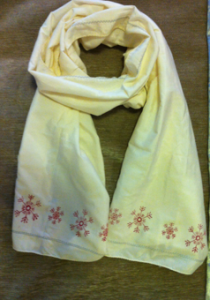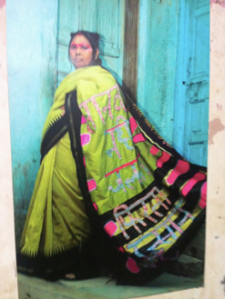So I’ve been full time on Just Clothing Company for 5 months now and we’ve made huge steps:
I also got my first bout of Dengue, but not sure this is an achievement. I’ve connected with some wonderful people who have been so supportive in my work and am slowly starting to get a grip of social media. This, perhaps, has been one of the most challenging aspects, mainly because my inherent Britishness doesn’t want to boast or sell – well, if I want to do this well I’m going to have to do both!
So what is next? Just Clothing Company was only ever the first stage – a way to test and learn about the market, marketplace, products and women’s groups. The next phase is building a marketplace. The big picture is to ‘create an online clothing and accessories marketplace where women-led businesses from some of the poorest communities in the world can sell their ethically made products to the international market’. And I mean it to be big, global and highly successful. I want this to be a place that challenges and changes the perception of ethical and sustainable. Think John Lewis of the online world.

Most people shop at John Lewis because it sells good quality products – the fact that it is a cooperative, owned by all its staff, is incidental to purchasing decisions. Can we do the same? JUST Marketplace will source and sell some amazing, unique clothes and accessories that will not be found anywhere else and that’s why people shop there. The fact that all the products are ethically made, from women’s-led initiatives and that artisan groups will directly sell (therefore receive all their profits) will be important to some but will not be a driver for the majority and if we want to be a global success we need to recognise this within our customers.
So the next step? Investment! We need to build our own marketplace, we need to get sellers onboard and selling their products and we need to market this. As much as we have already achieved, we are asking a lot for people to invest in us right now. Start ups have a huge failure rate and the complexities of factoring in future raises means we have to put a small, nominal value on the company – so, high risk investment for very little shares anyone?! Luckily, this can be somewhat ameliorated by an amazing UK government scheme (called SEIS), basically they will offset 75% of your investment against tax breaks. But what I am basically asking people to do is invest in me. Trust that I will work my little socks off to get this business off the ground and make it a success. And I can promise everyone of those investors that that is exactly what I intend to do.






